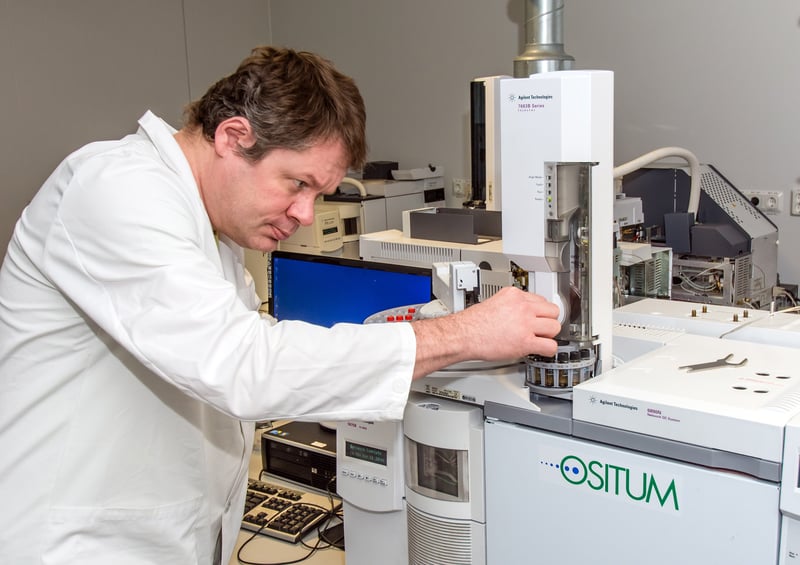Genano's series of articles on air quality and the need for limit values began with the article "What kind of impurities are there in indoor air?", written by PhD and Laboratory Manager Juhani Kronholm at the Ositum Laboratory in Vantaa, Finland. In this article we interview Kronholm to broaden our understanding of indoor air pollutants.

PhD and Laboratory Manager Juhani Kronholm at the Ositum Laboratory, Finland.
In your article you write that air quality is affected by emissions from various sources. Can you point to some emissions that you think are the most important to remove from indoor air?
"Of the chemical emissions, 2-ethylhexanol, TXIB, naphthalene and styrene are generally the most harmful and people also react quite easily to them. Of the microbiological emissions, actinobacteria are some of the most harmful".
At Ositum, you have 20 years of experience in projects related to indoor environment issues. Do you see any particular trends in the prevalence of indoor air pollutants?
"Today, a lot of chemicals and new methods are used in the development and production of building materials. This has led to an increase in the number of good quality, low-emission products, but unfortunately new problems have also arisen. How much emissions different chemicals give off under certain conditions (such as humidity and heat) is still uncertain, but under certain conditions the result is likely to be increased material emissions. One example is the emission of 2-ethylhexanol from plastic carpets. The problem with organic chemicals is that they are often fat-soluble and can accumulate in the internal organs and lungs and cause long-term problems."
How do you view current developments in air quality?
"Air quality today is mainly good, but the problems are different from the past. Homes are often built too densely, leading to poorer air exchange. In general, today's mechanical ventilation has also led to problems such as the transport of mineral wool fibres into indoor air. The increased use of chemicals in the development of new building materials has increased the amount of man-made compounds (including 2-ethylhexanol, TXIB, styrene and various highly volatile solvents) that were not present in indoor air at all some time ago. Such problems are even observed in newly built houses. In fact, problems can be found everywhere, such as in apartment buildings, schools and offices".
Can you give an example of an instrument you use to analyse indoor air?
"The most important analyzer for the study of chemical compounds (VVOC and VOC) indoors is the Thermodesorption Gas Chromatography-Mass Spectrometer (TD-GC-MS). The device is very sensitive for the study of indoor air samples and, most importantly, the compounds can be identified accurately and reliably thanks to the use of a mass spectrometer. Each chemical compound has its own mass spectrum just as each person has their own unique fingerprint."
You write in your article that inadequate air exchange can cause poor air quality. Do you have any experience on whether mobile air purifiers can help solve that problem?
"Poor ventilation often plays a role in indoor air quality as a whole. High levels of carbon dioxide and oxygen deficiency in particular make the air feel stagnant. In practice, good ventilation is not always technically possible. Some chemical compounds (including 2-ethylhexanol, TXIB, naphthalene and styrene) are harmful to humans at very low concentrations and ventilation is not always sufficient to remedy the situation. In this case, indoor air purifiers can play an important role in improving the situation, especially since the above-mentioned compounds should not be present in indoor air at all. Air purification becomes particularly important if there are people who are particularly sensitive to chemicals".
.png)